In a previous post, I discussed the power of the “long take” during two scenes in “Raiders of the Lost Ark”. This time around, let’s focus on the opposite…fast edits and how Steven Spielberg “cuts in camera” to tell the story quickly, efficiently and visually. He basically pre-edits on the set and that requires proper planning.
This technique of shooting only pre-planned and essential shots has been around since the early days of Hollywood. Sometimes, directors didn’t have enough time or film and would just shoot the barest essentials needed to convey the story. On the flip side, Alfred Hitchcock (and others) often filmed only the shots they needed so that the Studio would have no other choices during the editing. Let’s take a look at how Spielberg “cuts in camera” to introduce Indiana Jones during the opening of “Raiders of the Lost Ark”.
This approach is especially useful for action scenes, fight scenes or any visually intricate scene in which you need to maintain clarity of geography or intent. How often have we seen a fight or chase with wild, shaky handheld shots that do nothing but hide the action and intent. It’s an easy way to feign energy or excitement but it is also an easy way to physically make the audience dizzy. Hey, if that’s your goal, then go for it…but a well executed sequence with composed, intelligent shots is a much more elegant and cinematic solution.
Spielberg uses 12 shots in 16 seconds to reveal the essence of Indiana Jones without saying a word. Those 12 shots reveal his alertness, intelligence, agility, compassion, and fearlessness without uttering a syllable. That is CINEMA. Each shot is a stand-alone piece that can only work when edited in rapid succession. Alone they are static, simple and effective…but cut together (by Michael Kahn) they flow seamlessly and gain momentum. The sum is larger than the parts…and they reveal Indy’s character. Lastly, you will notice that 11 of the 12 shots are close-ups. This allows for greater control of each element resulting in quicker staging and lighting of each shot. Spielberg succeeds in designing and capturing the nuances of motion for the deliberate actions he is filming.
In your own work, try storyboarding or choosing the essential shots needed before you shoot, to make a scene work. Try to say more with less and watch closely the next time you view any movie. Is it sloppy and loose with unclear visuals? Can you make out the geography of an action scene? Does it look like they rolled 4 cameras and just cut tiny chunks together from vast piles of footage? Challenge yourself and your craft. Be better than “good enough”. Strive to be a better filmmaker. Every writer, producer, director, actor, cinematographer and editor can learn something from “cutting in camera”. It can be written, planned, storyboarded, practised, shot and edited. Keep your eyes open, it is used everywhere…now that you know what to look for.
Here’s RAIDERS editor Michael Kahn discussing the challenges he faced in cutting this scene:
The same quick cutting and center framing technique was used for the entirety of the film MAD MAX: Fury Road.
Thank you for taking the time to read my ramblings about filmmaking and especially…”Raiders of the Lost Ark”.
Until next time…
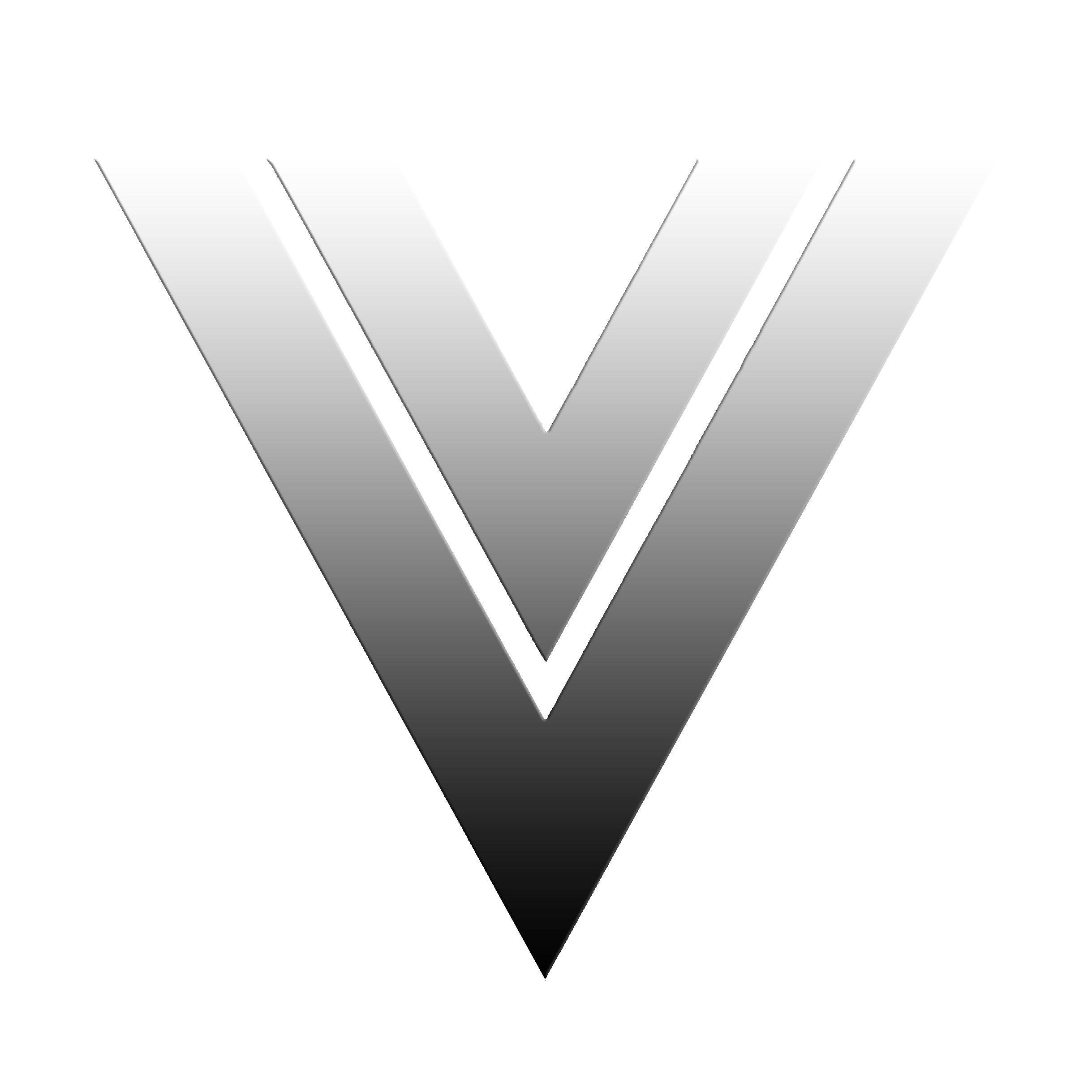
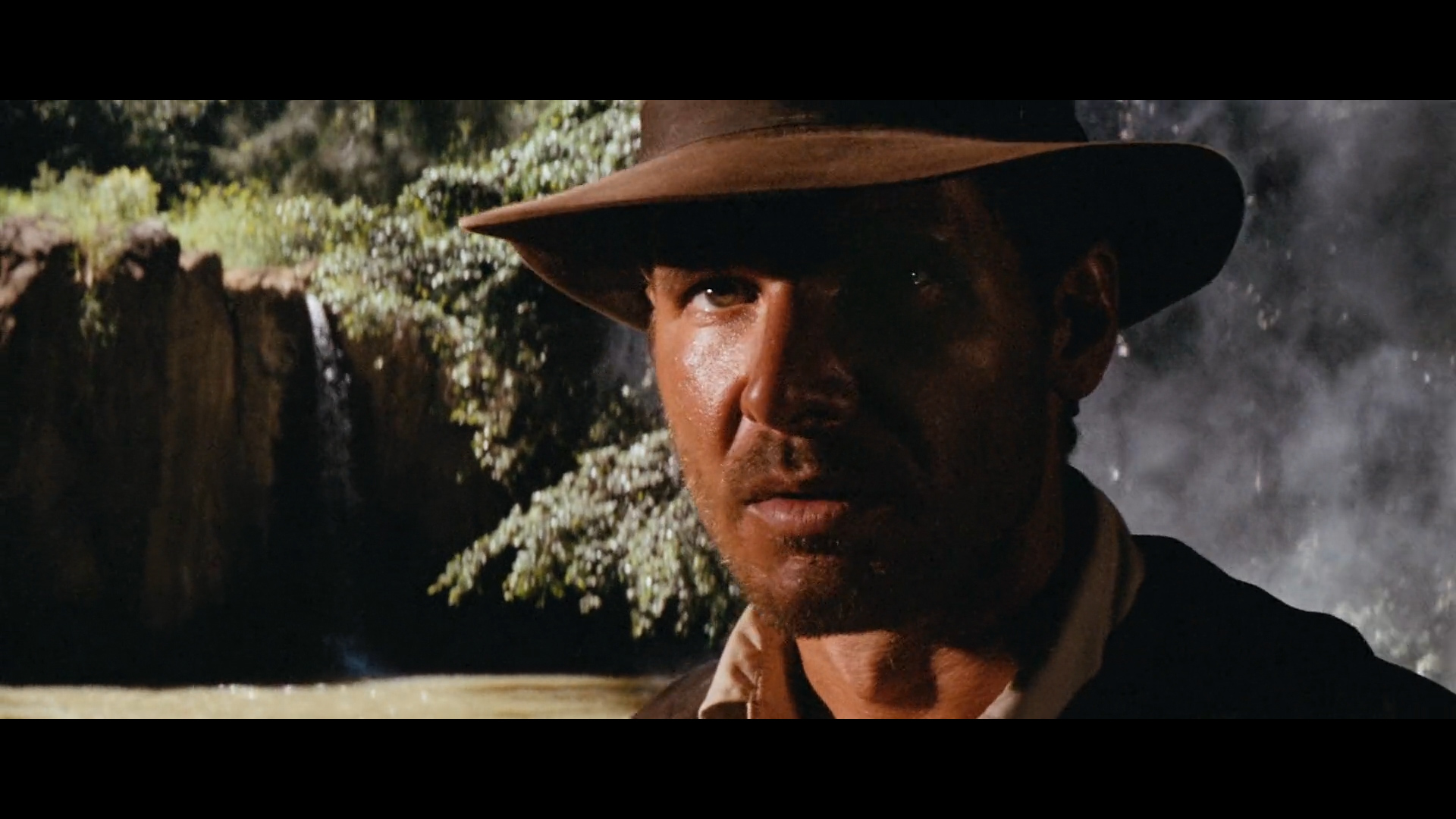
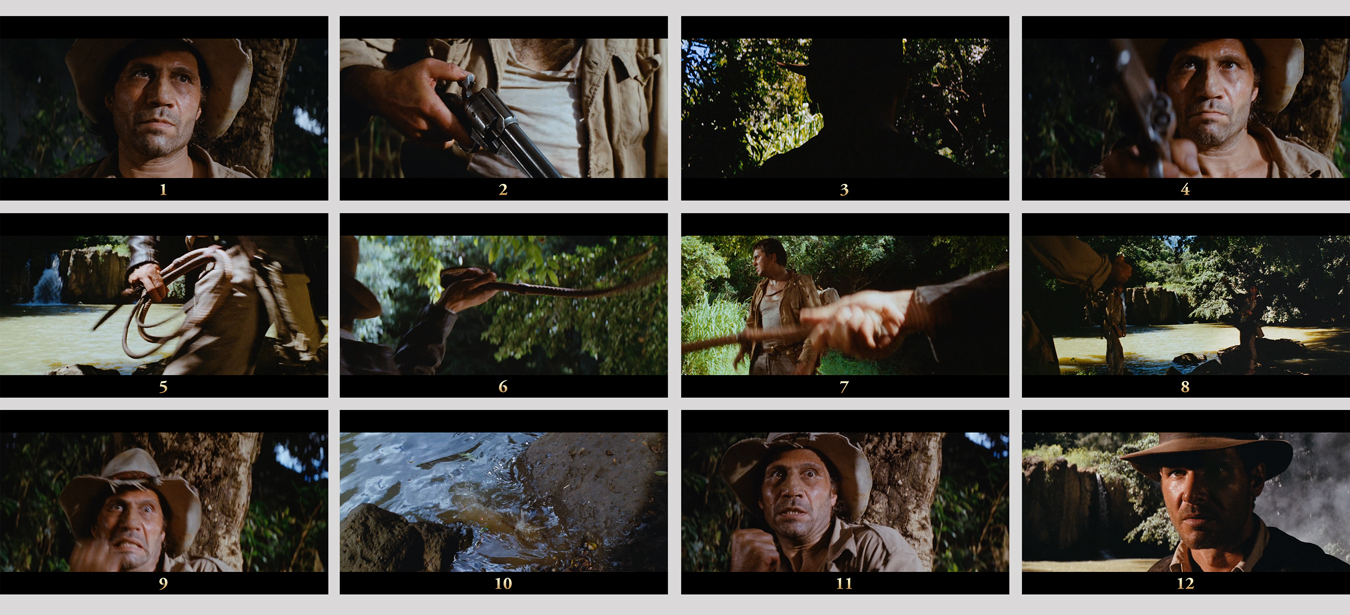
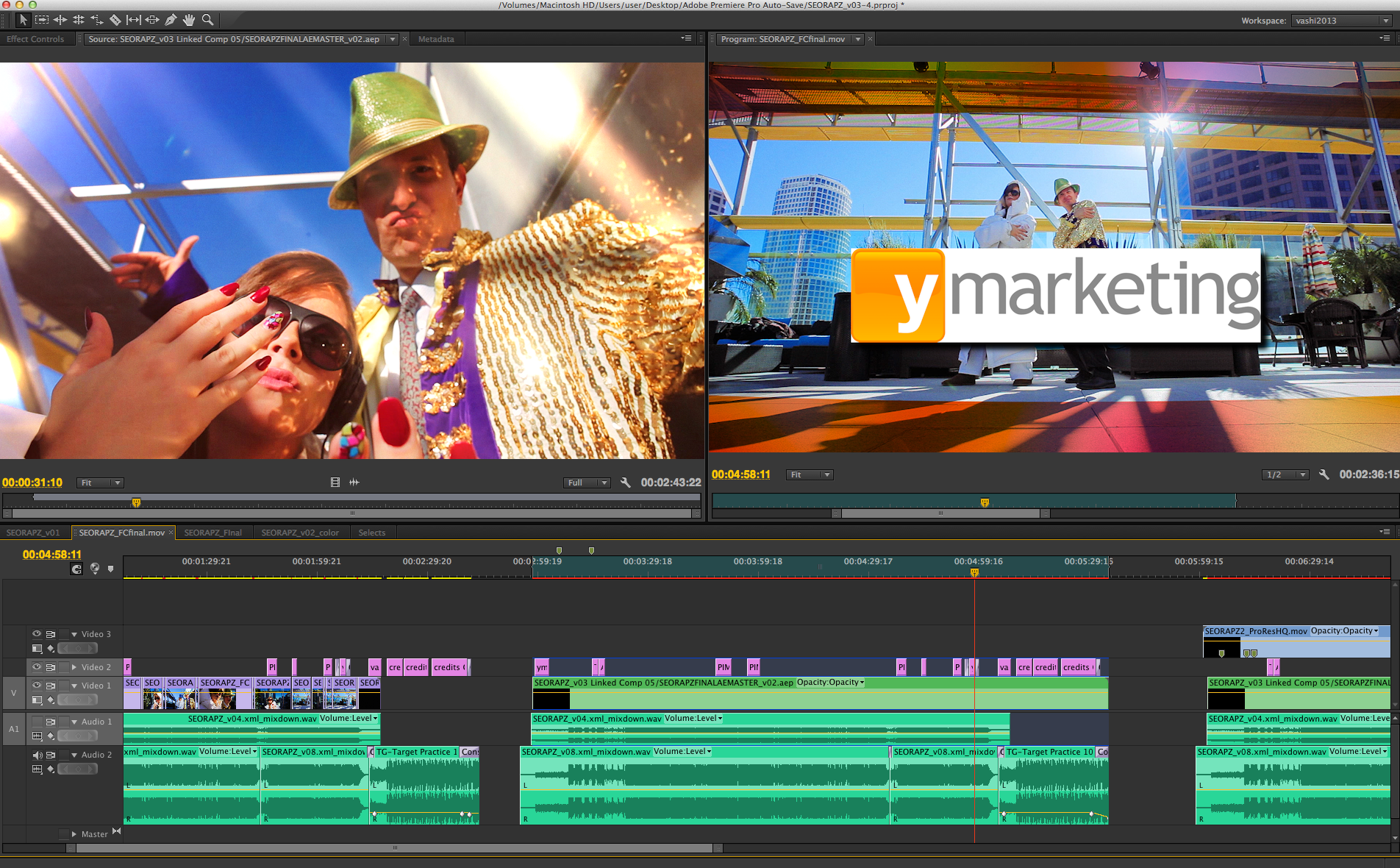
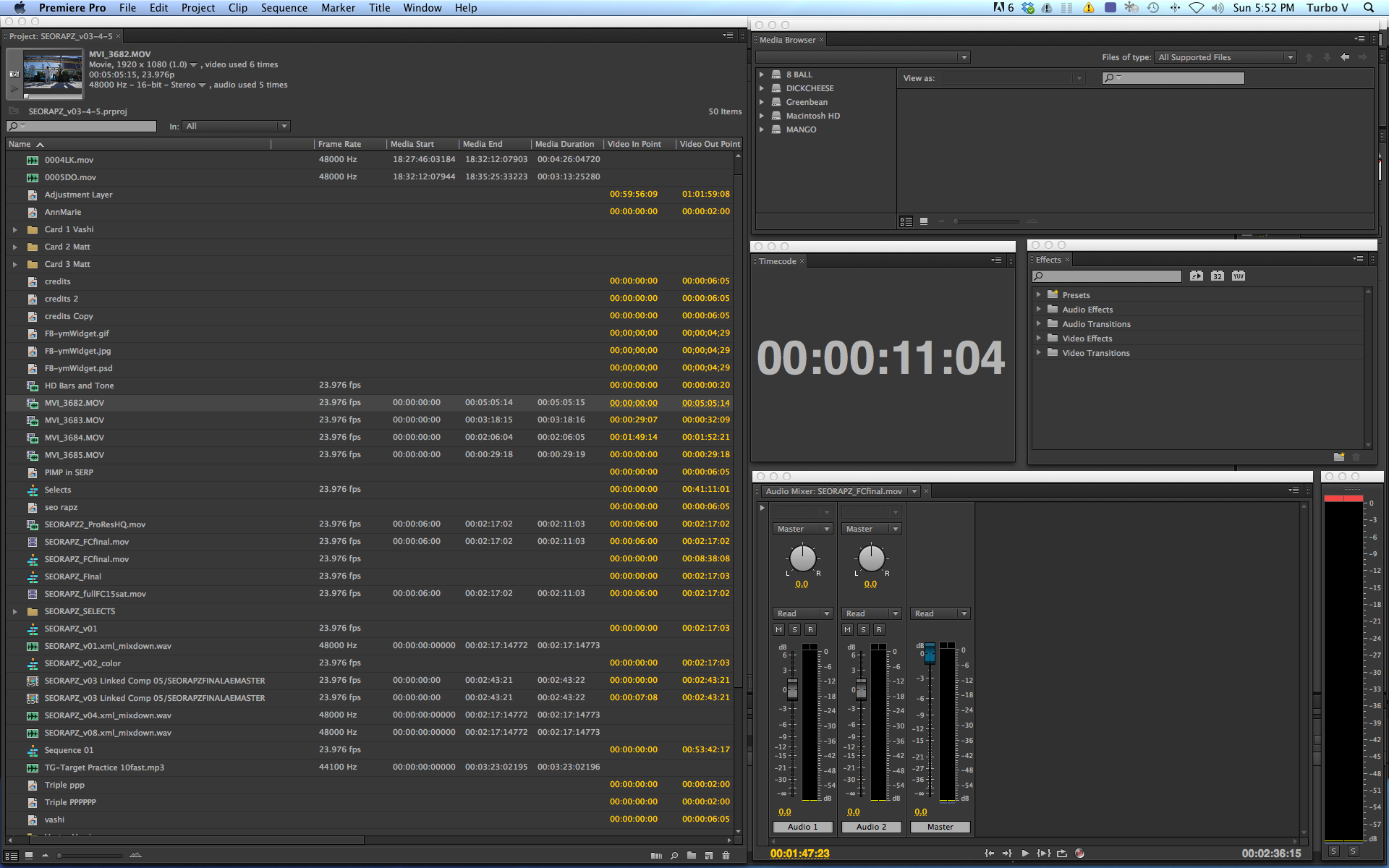
There are 9 comments
Hello Mr. Nedomansky,
I think it’s very informative to read such article about the movie like the Raiders of the Lost Ark, especially from the point of view of the professional editor! I’ll be looking forward to more of them.
Concerning of the shots, I remember reading interview with James Cameron in the “Making of the Terminator 2” book. Quote: “I always categorize shots by priority: These are the shots I absolutely need to tell the story; these are the shots which are slightly lower priority that I need to make the sequence spectacular; and these are the shots I’d love to have if I can get them, just to add detail or clarity to a moment (…)” This was in 1990.
I think there’s logistical/practical side of this.. If you know what you want to get, you can spend less time and money at the location, like jungle (Raiders) or drainage canal (T2).
Cheers,
JB
Diky Jakub for your kind words and excellent contribution! Jim Cameron knows what he wants and needs. If he prioritizes his shot list…I’m sure we can too!
Great post!
Notice also in shot 1 how the editor holds long enough for the eyes to look to the left. This starts moving the viewers eye in that direction which is where the dominate action takes place in shot 2. In almost every shot the motion carries the viewers eye into the next scene’s place of visual dominance. That makes the hard cuts feel less jarring in such rapid succession.
In the documentary “the cutting edge: the magic of moviemaking” (http://www.imdb.com/title/tt0428441/?ref_=sr_5) one of the editors interviewed talks about editing being a dance of eyes. This is true and can be taken a step further as it is a dance of shape and movement.
Great point Brian. “Lead their eyes” should be a mantra for all editors. Make it easy on the viewer and lead them where you need them to go…unless you are trying to disorient them on purpose. I loved “The Cutting Edge” and also “Edge Codes” as well. Here’s a link…https://vimeo.com/15059269
Most definitely.
I haven’t seen “Edge Codes” yet, I look forward to watching it soon. Thanks for the resource.
[…] Cutting in Camera […]
Thanks for the analytic pieces about Raiders. Very acute and helpful.
One small note about nomenclature: generally, “cutting in camera” actually means *not* cutting. Like the continuous master shot you analyzed when Brody visits Indy at his house. It refers to the edits being accomplished by moving the camera, so there’s only one way to play the scene.
Just to make things more confusing “in-camera editing” refers to the old-school process of stopping the camera to make an edit. One take of everything. There have been recent online video contests exploring this technique.
Your analysis is really demonstrating “montage” and the economical planning of shots. (Spielberg and Kahn call it “shooting for the editing room.) You did a good job, too.
Hope this note helps.
What an awesome 16 seconds! Thanks so much for breaking it down, never realized he cut that in camera.
[…] https://vashivisuals.com/raiders-of-the-lost-ark-cu… […]